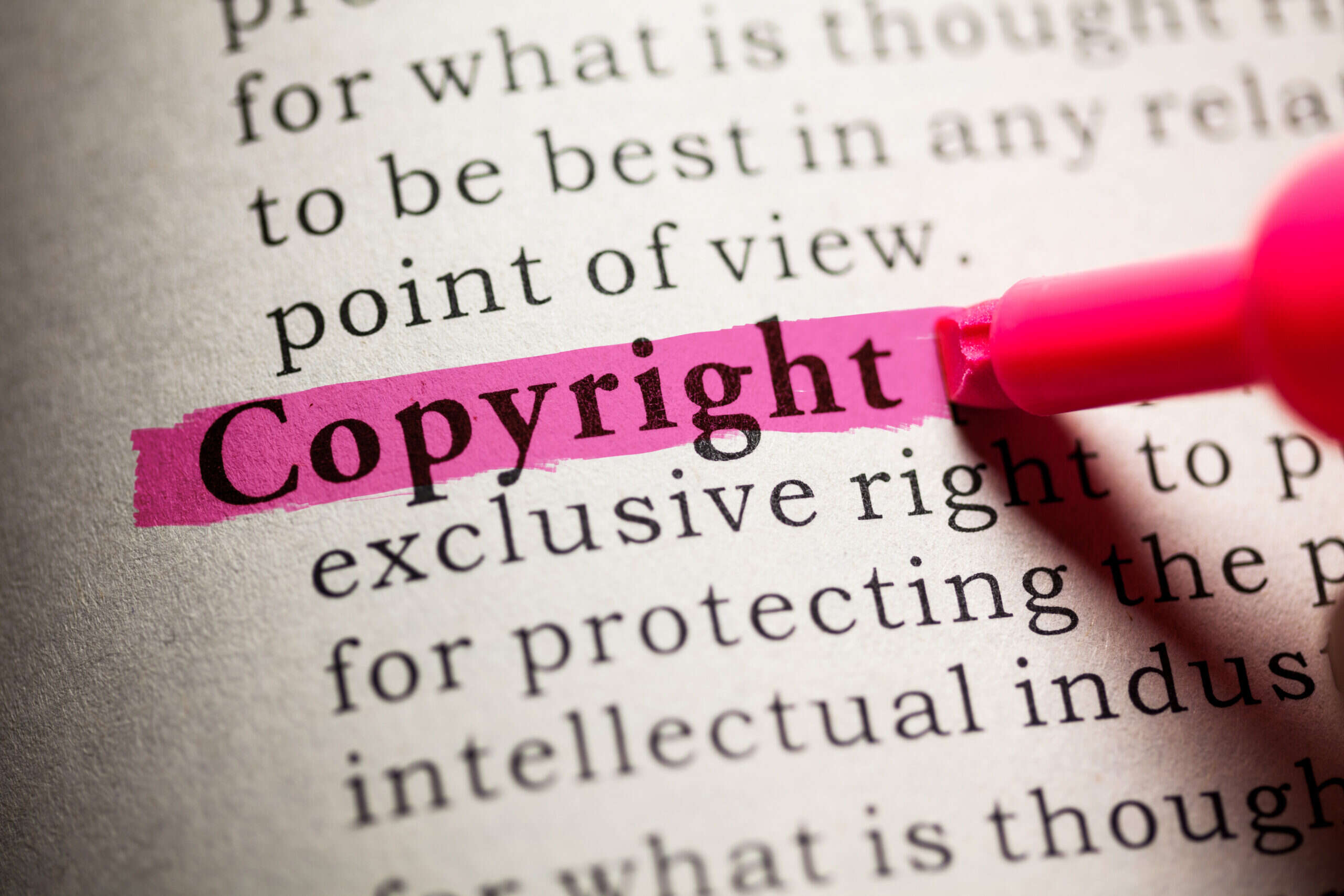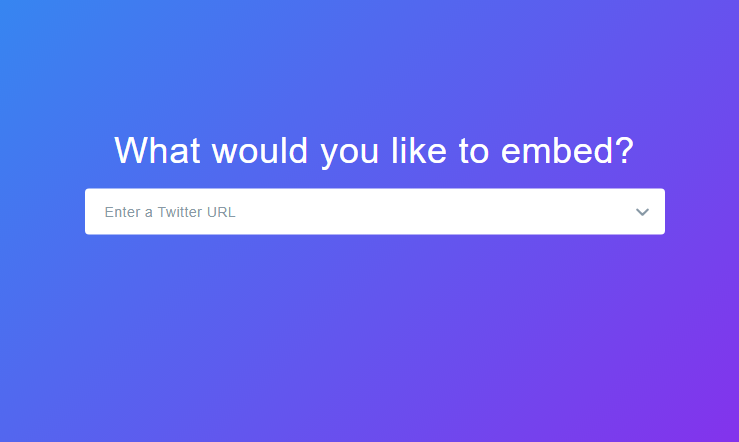
The rights and wrongs of taking images from social media sites such as Twitter, Facebook and Instagram and re-using them on news websites has been much discussed. Here Press Gazette tries to give publishers a definitive guide.
News agency SWNS has denied taking a mum’s photo of her child’s free school meals parcel from Twitter without permission, saying it “takes copyright very seriously”.
The accusations of image theft came a day after another widely-shared example in which Mail Online was alleged to have taken a Covid and sepsis survivor’s images from Facebook without permission.
She has since said the pictures were “syndicated and sensationalised without my knowledge or permission from a local article” and that she is in discussion about compensation. The article about her has since been removed.
Following these back-to-back incidents Press Gazette has looked for some clearer guidance on what is a grey area for many journalists and publishers.
Are images on Instagram, Facebook and Twitter copyrighted?
The law is clear: Government guidance states the “vast majority of images on the internet are likely to be protected by copyright, so it is only safe to use it if you have specific permission to do so…”
As media law specialist Carolyn Pepper, a partner at Reed Smith, has previously written for Press Gazette: “The bottom line is that (with some modifications relating to liability for third-party content) the same legal rules apply to copyright online as they do to any other media.”
Social media platforms’ terms of service generally grant a transferable, royalty-free, worldwide licence to that website but Pepper warned this “should not be mistaken for permission to use the material elsewhere”.
So unless you have specific permission from the person who took the image, copying and re-using any image found on social media is a potential breach of copyright. This could lead to a claim for a usage fee from the owner of the image (or a lawyer acting on their behalf).
Embedding
Embedding an image or video from social media onto your own website using the tools available on that platform is generally seen as acceptable as you are not hosting the content on your site – it is still hosted at the original link.
An EU ruling set a precedent for this stance in 2014, ruling that Youtube videos embedded on another website were “neither transmitted to a new audience nor communicated in a specific technical mode, different from that of the original communication” (quote translated from French by Google). UK copyright law is still essentially in line with the EU despite Brexit.

In what was seen as an important UK test case at the time, freelance photographer Eddie Mitchell took Sky News to court in 2017 after it embedded a Twitter post from a fire service account that used his photo (with permission). No precedent was set as the case was unexpectedly thrown out for administrative reasons that Mitchell was unaware of until the court date.
Meanwhile a New York court ruled last year that tech site Mashable had not broken US copyright law by embedding a photojournalist’s Instagram post after she declined to licence the image.
According to Tech Radar, the judge said Stephanie Sinclair had granted Instagram the right to sublicence the photograph before “Instagram validly exercised that right by granting Mashable a sublicence to display the photograph”.
However it is worth being aware that Instagram later denied to Ars Technica that its terms of service grant a sublicence to embed images on other websites, leaving concerns the platform is “preventing future defendants from using Mashable’s argument” in the US.
Latest examples
Last week the food writer Jack Monroe was among those sharing the story of Twitter user Roadside Mum who spotted that her photo of a free school meals hamper had been used by online news brands with a credit to agency SWNS.
Monroe tweeted: “A press agency has taken RMs image and put their branding on it, then sold it in to publications. Is there a template letter and invoice she can use to get paid for this?”
However Andrew Young, editor-in-chief and director of SWNS, told Press Gazette Roadside Mum had earlier given blanket permission for media to use the photo in a since-deleted tweet.
“SWNS takes copyright extremely seriously,” Young said. “We work with thousands of contributors to protect their rights and go to great lengths to ensure that everything carried on our newswire has appropriate permissions.
“In this case, we reached out to @roadsidemum to ask permission to use her image. @roadsidemum tweeted to give the media permission to use the tweet and image, with credit.
“One tweet said: ‘So again, for the press, you may use this tweet or image or the one below it, with credit. I can’t respond to you all individually.”
“Another tweet said: “Media are welcome to use the tweet […] Run with what you have.
“As per above, we issued the image on our news wire, with credit to @roadsidemum.
https://twitter.com/RoadsideMum/status/1352185594835836928
“The tweets mentioned above, where permission was granted, appear to have disappeared from Twitter since this user began making allegations against SWNS.
“We are grateful to all the people who helped us, and other publishers, tell the story of the school meal scandal and are glad action is being taken.
“We are 100% in agreement with @roadsidemum – and the countless other campaigners – that the ‘hampers’ issued to vulnerable children were totally unacceptable.”
A similar issue came up in another widely shared tweet just a day earlier when a woman accused Mail Online of using her personal Facebook photos without permission to illustrate a story about her health battles.
The story has since been taken down and the woman said: “The article was syndicated and sensationalised without my knowledge or permission from a local article… We are in discussion about compensation.”
@DailyMailUK you have published an article about me online at this address https://t.co/kUt4CP1CXS You have used my personal photographs from my Facebook page without my permission. This is against copyright rules.I require that you give me a due payment for these photographs.1/3
— Caroline Coster (@ccquad) January 20, 2021
Defences
There are two relevant copyright defences in the UK: fair dealing and public interest.
However, the fair dealing defence, which allows use of copyrighted material “for the purpose of reporting current events”, does not cover photos.
The public interest defence means, according to journalism legal bible McNae’s, any copyrighted work including a photo can be used without permission “if the purpose is to expose it as an immoral work, or one damaging to public life, health, safety or the administration of justice, or as a work which incites immoral behaviour, and in some other circumstances”.
Could the courts get involved?
Although someone whose photo has been taken without permission could take a claim against a publisher to court, this is rare as the legal costs stop it being worthwhile.
Media law specialist Carolyn Pepper told Press Gazette: “Most of these cases settle before proceedings are issued by a payment being made to a copyright owner where there is no defence.
“The copyright owner may, however, ask for an uplift on the licence fee it would usually charge for use and/or payment of legal fees so infringement can be a costly business even without formal legal action.”
As pointed out by media law trainer David Banks, national newsbrands frequently play the odds, deciding it’s worth the risk to pay up to the few members of the public who understand their rights and can persistently demand compensation post-publication.
This is less frequently seen on regional newsbrands which generally have less money to throw at the problem – indeed in 2016 Newsquest urged its journalists to stop taking images from the internet without permission as copyright claims were “growing exponentially and… bringing real cost to the business in every region”.
Similarly McNae’s co-author Mark Hanna said national tabloids are more concerned about potential defamation by using a photo showing the wrong person. “They’re prepared to settle later as regards copyright,” he said.
A news agency boss, who asked to remain anonymous but whose company is accredited with the National Association of Press Agencies, told Press Gazette the only people who generally complain are those who don’t want a story published at all.
“If somebody makes a fuss we will offer them the fee that we get from the newspaper which is typically around £25 at most for a picture online,” they said.
“But if they want more, we are happy to go to court – although nobody has ever bothered.”
Press regulators’ guidance
Guidance on journalists’ use of social media from the Independent Press Standards Organisation, the UK’s largest press regulator, says: “Journalists are normally allowed to publish photos, comments and information from social media profiles, forums or blogs if there are no privacy settings protecting them and they do not show anything private.”
However it adds “we cannot help with or advise on legal issues” relating to copyright.
IPSO does adjudicate on complaints about use of material from social media but generally does not rule there has been a breach of privacy as long as the material was posted publicly.
Media law expert Hanna said it was “convenient for some editors” that IPSO does not deal with copyright issues, even though it does consider other torts such as defamation and misuse of private information through its arbitration scheme.
3/4 @IpsoNews rulings show some families eg bereaved, feel violation at such copying of their Facebook pix. Once, likely a reporter would visit in person to respectfully ask for photo. Now fewer reporters around (+ fewer phones in directory). Risk now such copying seen as callous
— Mark Hanna (@MarkHannaMedia) January 22, 2021
The news agency boss said they had based their policies around IPSO’s rulings rather than UK copyright law.
“We are guided by IPSO which indicates if people make public images on a public social media page it’s legitimate for the media to use these in reporting,” they said.
“Obviously this doesn’t apply to closed pages that are not public and also doesn’t apply to images of children where permission needs to be sought.
“However it is a grey area and the government needs to provide legislation to protect the media from people attempting to use copyright to prevent legitimate reporting on valid news items.”
The regulator Impress, which mainly regulates hyperlocal, specialist or partisan websites, has a similar approach in its code which states publishers must “respect privacy settings when reporting on social media content”.
Conclusion?
Legally, using an image taken from Twitter or Facebook without permission is a breach of copyright unless the owner has explicitly waived their rights.
Ethically, it is up to each journalist and editor to decide whether taking a picture intended for one public medium by the owner and using it elsewhere without permission is right. But if the social media user has published in the first instance to the public web (rather than to a select group of followers) it cannot be said to be a breach of privacy.
Practically, the financial cost of doing this is likely to be relatively small and may be seen as a risk worth running for larger publishers.
It is a risk that will be easier to justify if the story has strong public interest (such as exposure of wrongdoing or contribution to an important national debate).
There is also the reputational damage to consider. Some social media users dislike seeing their pictures used elsewhere without permission and will complain publicly about it when this happens.
So the right thing to do is to gain permission from the rights-holder first unless there is an overriding public interest for publishing without their permission (but be ready for post-publication legal hassle and the need to make a payment).
Picture: Shutterstock
Email pged@pressgazette.co.uk to point out mistakes, provide story tips or send in a letter for publication on our "Letters Page" blog
